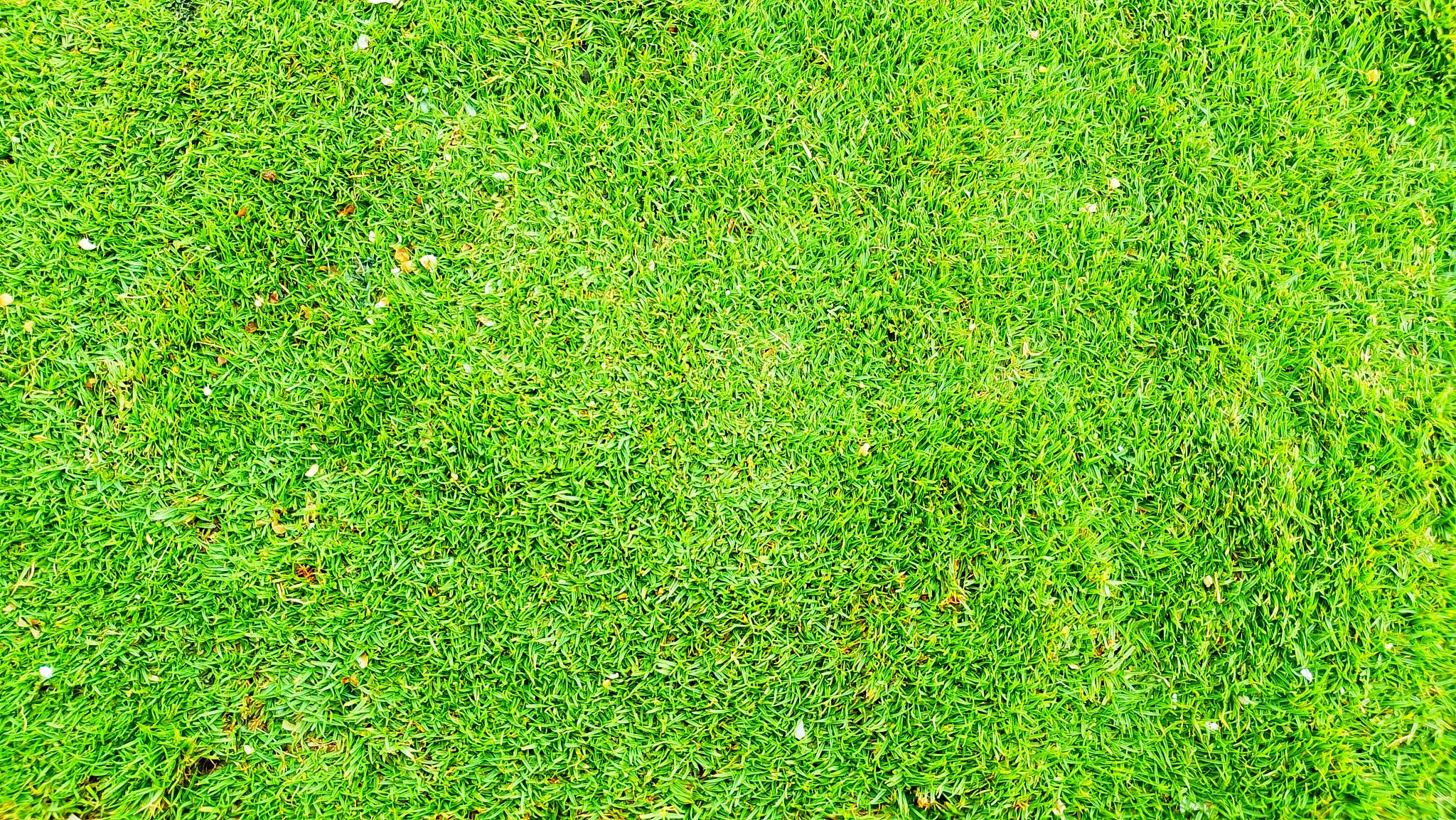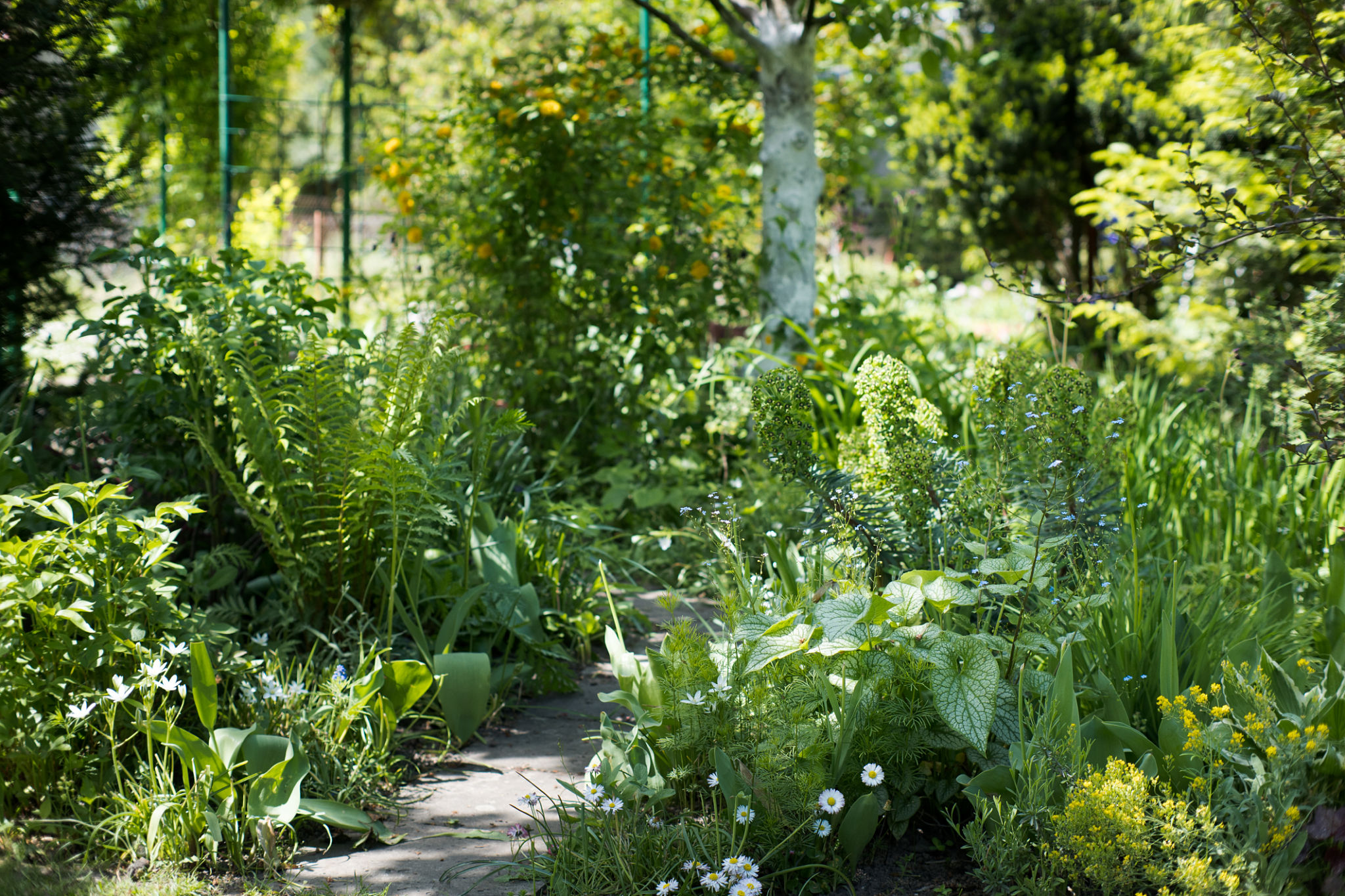Top 5 Myths About Bermuda Grass Maintenance Debunked
Understanding Bermuda Grass
Bermuda grass is popular for its durability and lush appearance, but maintaining it can be misunderstood. Many homeowners and gardeners fall prey to common myths that can lead to improper care. In this post, we'll debunk the top five myths about Bermuda grass maintenance.

Myth 1: Bermuda Grass Needs Constant Watering
One of the most prevalent myths is that Bermuda grass requires daily watering. In reality, this grass type is quite drought-resistant. Overwatering can lead to shallow root systems and increased susceptibility to diseases. It's best to water deeply and infrequently, allowing the soil to dry out in between.
Myth 2: Mowing Short Is Best
Another misconception is that Bermuda grass should be mowed as short as possible. While it can handle lower mowing heights, constantly cutting it too short can stress the grass and lead to thinning. It's advisable to maintain a mowing height of around 1.5 to 2 inches for optimal health.

Myth 3: Fertilize Frequently
It's often believed that Bermuda grass needs frequent fertilization to stay green and healthy. However, excessive fertilization can cause rapid growth, leading to thatch buildup and increased maintenance. A balanced fertilization schedule, typically in the spring and summer, will suffice.
Myth 4: Bermuda Grass Thrives in Shade
Many assume Bermuda grass can grow well in shaded areas. While it is a hardy grass, it thrives in full sun. If planted in shaded areas, it may become thin and weak. For shaded spots, consider using a shade-tolerant grass mix instead.

Myth 5: No Need for Aeration
Some believe that aeration is unnecessary for Bermuda grass. In reality, regular aeration is crucial as it helps reduce soil compaction, improve nutrient absorption, and enhance root development. Aerating once a year, especially in high-traffic areas, is beneficial.
By understanding these myths and following proper maintenance practices, you can ensure that your Bermuda grass remains healthy and vibrant. Remember, the key is to provide the right balance of care tailored to the specific needs of this resilient grass type.